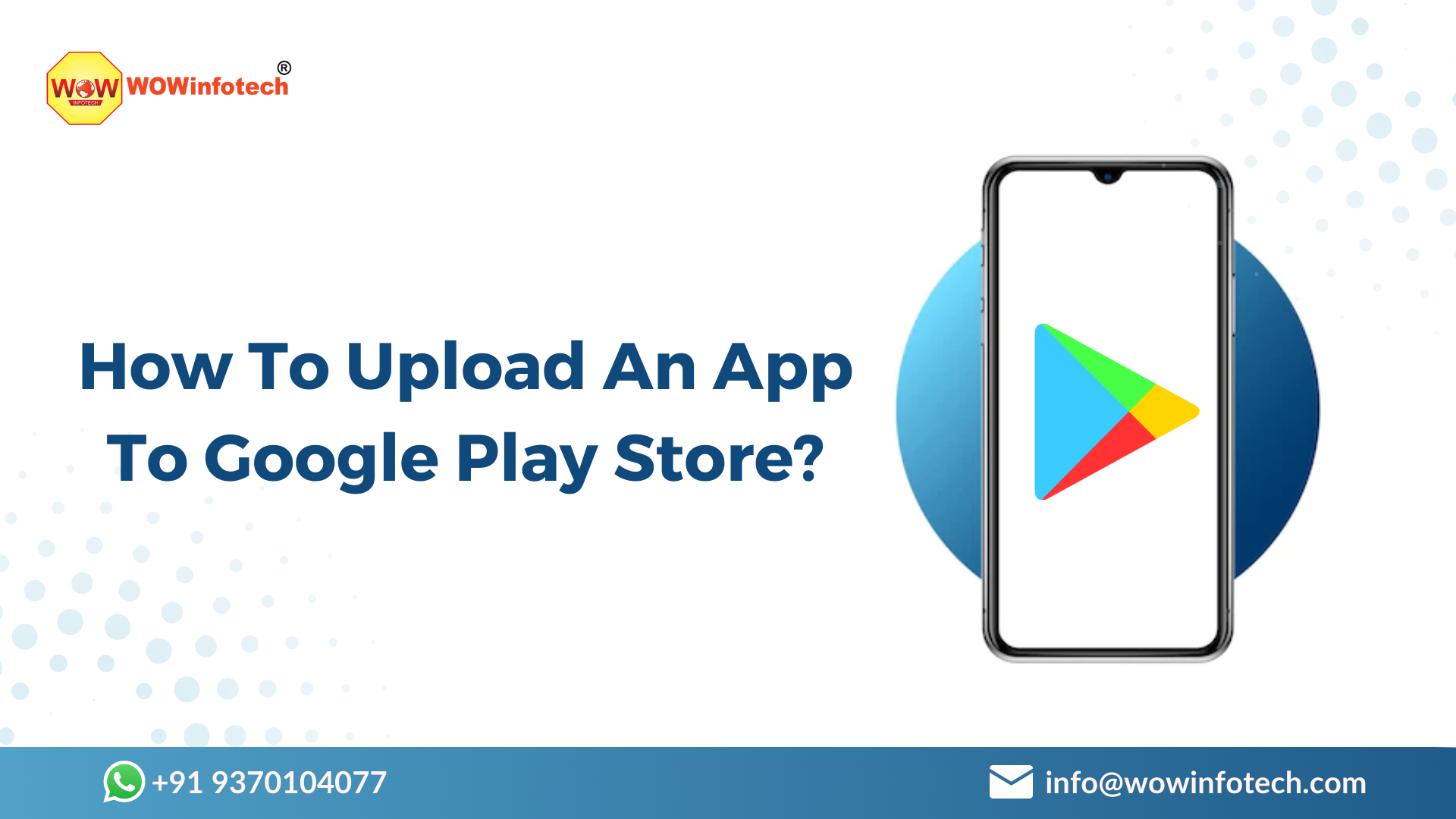As a mobile app developer, publishing your app to the Google Play Store can be an exciting and rewarding experience. Not only does it allow you to share your hard work with the world, but it also provides an opportunity to earn money through app downloads and advertisements. This blog will guide you through the process of uploading your app to the Google Play Store, from start to finish.
Step 1: Sign up for a Google Play Developer Account
To upload your app to the Google Play Store, you must first sign up for a Google Play Developer Account. The account costs $25, which is a one-time fee, and is required for all app developers who wish to publish their apps on the Google Play Store. You can sign up for a Google Play Developer Account by visiting the Google Play Developer Console.
Step 2: Prepare Your App for Publishing
Before uploading your app to the Google Play Store, it's important to make sure that it's ready for publication. This means checking the app's functionality, design, and content to ensure that it meets Google's guidelines. Here are a few things to keep in mind:
Make sure your app is bug-free and runs smoothly.
Ensure that your app's design is professional and aesthetically pleasing.
Check the app's content to ensure that it's appropriate and doesn't violate any Google policies.
Step 3: Fill Out the App's Store Listing
Once your app is ready, you need to fill out its store listing. This is the information that users will see when they search for your app on the Google Play Store. Here's what you need to include in your app's store listing:
1. App title: Choose a title that accurately represents your app and is easy for users to find.
2. App description: Write a clear and concise description of your app's features and benefits.
3. Screenshots and videos: Add screenshots and videos of your app in action to give users a better understanding of what your app does.
4. App icons: Choose a high-quality app icon that stands out and accurately represents your app.
5. Category: Choose the most appropriate category for your app.
Step 4: Choose a Pricing Model and Set Up Your App's Payment Information
Next, you need to choose a pricing model for your app. You can choose to make your app free or set a price for it. If you decide to charge for your app, you'll need to set up your payment information in the Google Play Developer Console. This information is used to pay you when users purchase your app.
Step 5: Upload Your App to the Google Play Store
Once you've completed all of the steps above, it's time to upload your app to the Google Play Store. To do this, you'll need to use the Google Play Developer Console. Here's how:
Log in to the Google Play Developer Console.
Click on the "Create Application" button.
Fill out the form with your app's information, including its title, description, and store listing information.
Upload your app's APK (Android Application Package) file.
Fill out the rest of the required information, including your app's content rating and target audience.
Publish your app to the Google Play Store by clicking the "Publish" button.
Step 6: Monitor Your App's Performance
Once your app is live on the Google Play Store, it's important to monitor its performance. This will help you identify any issues and make changes to improve your app's ranking and user experience. To monitor your app's performance, you can use the Google Play Developer Console to view your app's metrics, such as the number of downloads, ratings, and reviews. You can also track user behavior and see how they are using your app. This information is valuable for making informed decisions about future updates and features for your app.
Step 7: Respond to User Feedback and Update Your App
One of the benefits of having your app on the Google Play Store is the ability to receive feedback from users. Responding to user feedback and making updates to your app can improve its performance and user experience. Be sure to regularly check for and respond to user reviews and ratings on the Google Play Store. You can also use this feedback to identify areas where your app can be improved and make updates accordingly.
Step 8: Promote Your App
Finally, promoting your app is an important step in ensuring its success on the Google Play Store. There are many ways to promote your app, including:
Social media: Share your app on social media platforms like Facebook, Twitter, and Instagram to reach a larger audience.
App store optimization (ASO): Optimize your app's store listing for search engines to improve its visibility and ranking on the Google Play Store.
Ad campaigns: Run advertising campaigns on platforms like Google AdWords to drive more downloads and increase visibility for your app.
Conclusion
Uploading your app to the Google Play Store can be a rewarding experience, but it requires careful preparation and planning. By following the steps outlined in this blog, you can ensure that your app is ready for publication and has the best chance of success on the Google Play Store. From monitoring your app's performance and responding to user feedback, to promoting your app and making updates, you'll be on your way to creating a successful app that users love.
#App #MobileApp #Google #PlayStore #GooglePlayStore #AppDevelopment #AppOptimization #MobileAppDevelopment #AppDeveloper #PlayConsole #GooglePlayConsole
-

Krishna Handge
WOWinfotech
Jun 30,2023
